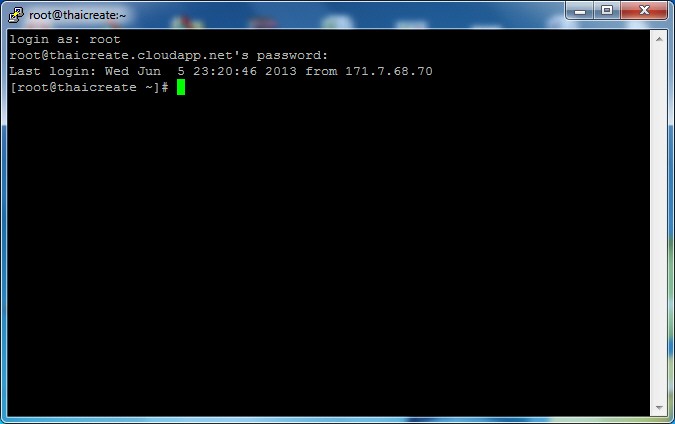
Also consider what might happen when a Windows VM crashes? Will the graphics card reattach itself to the host? Chances are it won’t.

In one command it kills X, frees the GPU from drivers and console, detaches the GPU from the host, starts the VM with the GPU, waits until the VM is off, reattaches the GPU to the host and starts lightdm.Īs you can see, there are a lot of things to consider. Yuri, who has written a script and tutorial for single GPU passthrough, writes:

The IGD or a low-power GPU will handle the less demanding jobs of web surfing, video/movie display and a whole bunch of productivity tasks just fine.īut what if you wish to play a game under Linux? Numerous Linux-based games available today already have higher demands on the graphics device. Typically you assign the IGD or internal graphics device (inside the CPU) to the host and the (powerful) discrete graphics card to the Windows VM. Using KVM and GPU passthrough – also termed “VFIO” – allows users to play graphic intensive games inside a virtual machine (VM) by using a dedicated GPU for the Windows VM. Given the right configuration, this “Windows virtual gaming machine” will have little to no performance penalty compared to a native (bare metal) Windows installation. Here and elsewhere Linux users run their Microsoft Windows OS as a virtual machine on Linux and pass through a dedicated GPU.


 0 kommentar(er)
0 kommentar(er)
